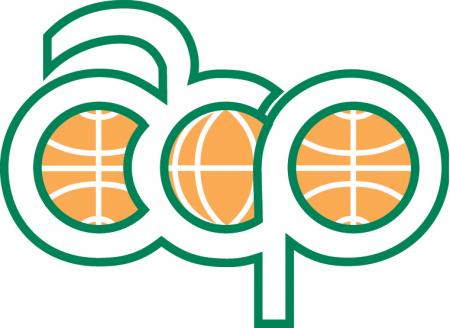Wiawi Community Turtle Management Plan
Wiawi is an important turtle-nesting site in Vanuatu known for hawksbill and green turtles. The significance of the area came to light after independence in the 1980s following forest conservation interests by the Forestry Department, which resulted in the setting up of the Wiawi Conservation Area. With the support of the Wan Smolbag (WSB) turtle monitoring programme in the 1990s, the community of Wiawi embarked on interventions towards strengthening sea turtle monitoring and conservation in Wiawi through the request from Chief Timothy and his brother Chief Konel Nihapi.






